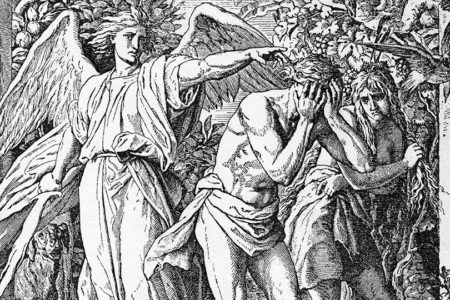Structure of Lamentations
The book of Lamentations is one of six Old Testament books of poetry. Three are didactic (teaching): Proverbs teaches wisdom; Ecclesiastes, the futility of life apart from God; and Job, patience under trials. The other three are devotional: Psalms deals with worship; Song of Solomon, with love; and Lamentations, with judgment.
In the Hebrew Bible (Tenach) the books are titled by the first word in the text, in this case, ekhah (“how” or “alas”). The Greek Septuagint and Latin Vulgate use the word Lamentations as the title, following the Talmud’s use of the Hebrew equivalent, qinot. Lamentations means to “cry out loud.”
The book contains five poems, and each constitutes a chapter. The meter of the poetry is melancholy, suitable for a solemn funeral procession. The first four poems are acrostics, meaning each verse (in the case of poem three, each three verses) starts with a succeeding letter of the Hebrew alphabet. Furthermore, usually the same number of lines is used for each verse (three per verse in poems one and two, two per verse in poem four, and one per verse in poems three and five). The book of Lamentations can therefore be called “ordered grief.”1
For centuries Jewish people have read Lamentations on the ninth day of the month of Av (Tisha B’Av) in remembrance of a number of national tragedies that took place on that date in various years, including the destruction of the first and second Temples.
Chapter 1 contains the simplest vocabulary of the five chapters, indicating the prophet’s struggle for words to express his grief. The vocabulary richness increases with each succeeding chapter, while the words of sorrow and mourning decrease as Jeremiah comes to grips with God’s appropriate chastisement.
ENDNOTE
- Barry G. Webb, Five Festal Garments, ed. D. A. Carson (Downers Grove, IL: Inter -Varsity Press, 2000), 60.







